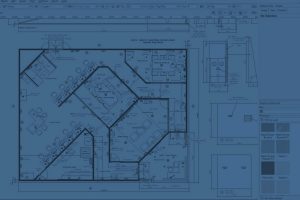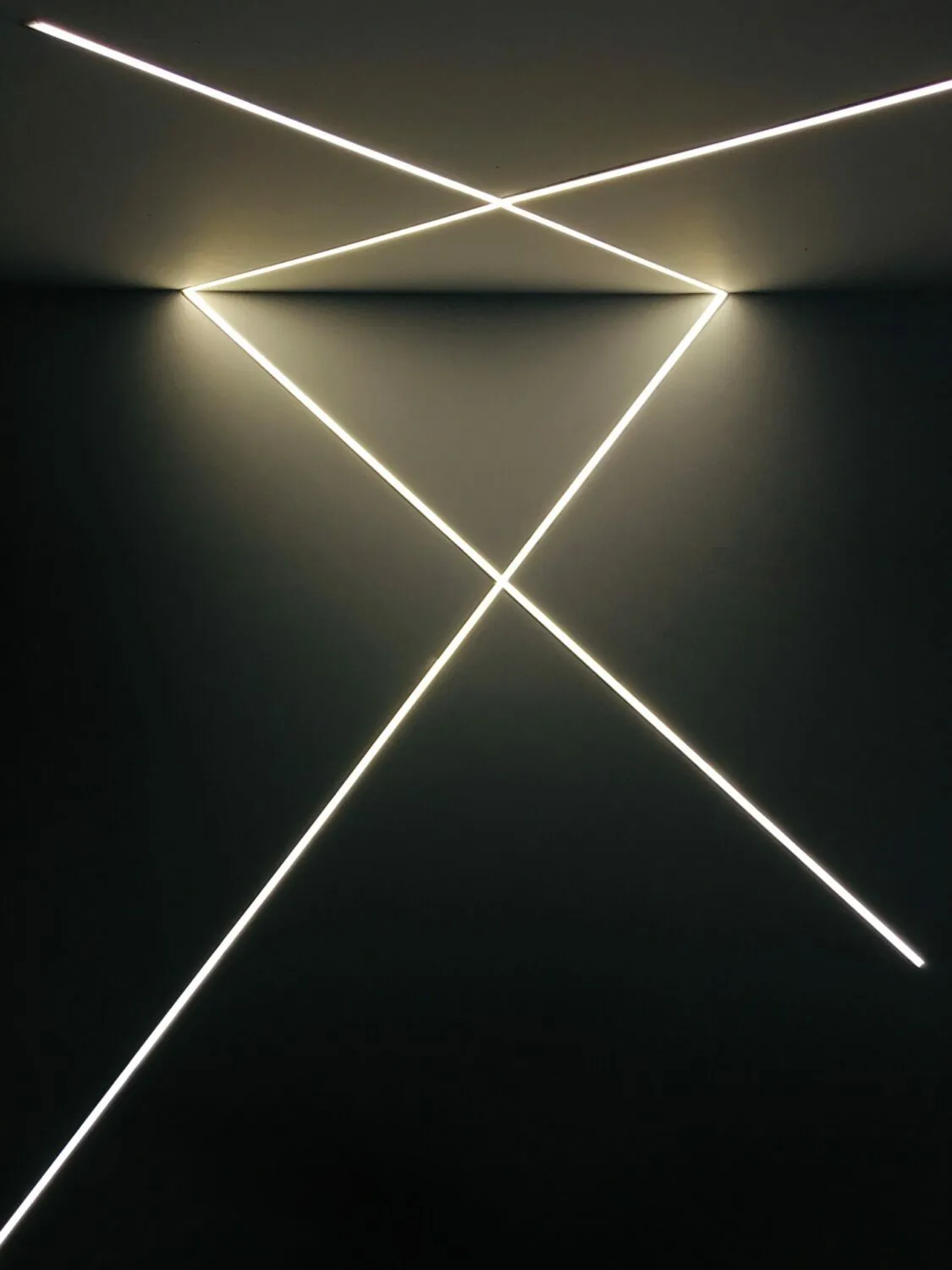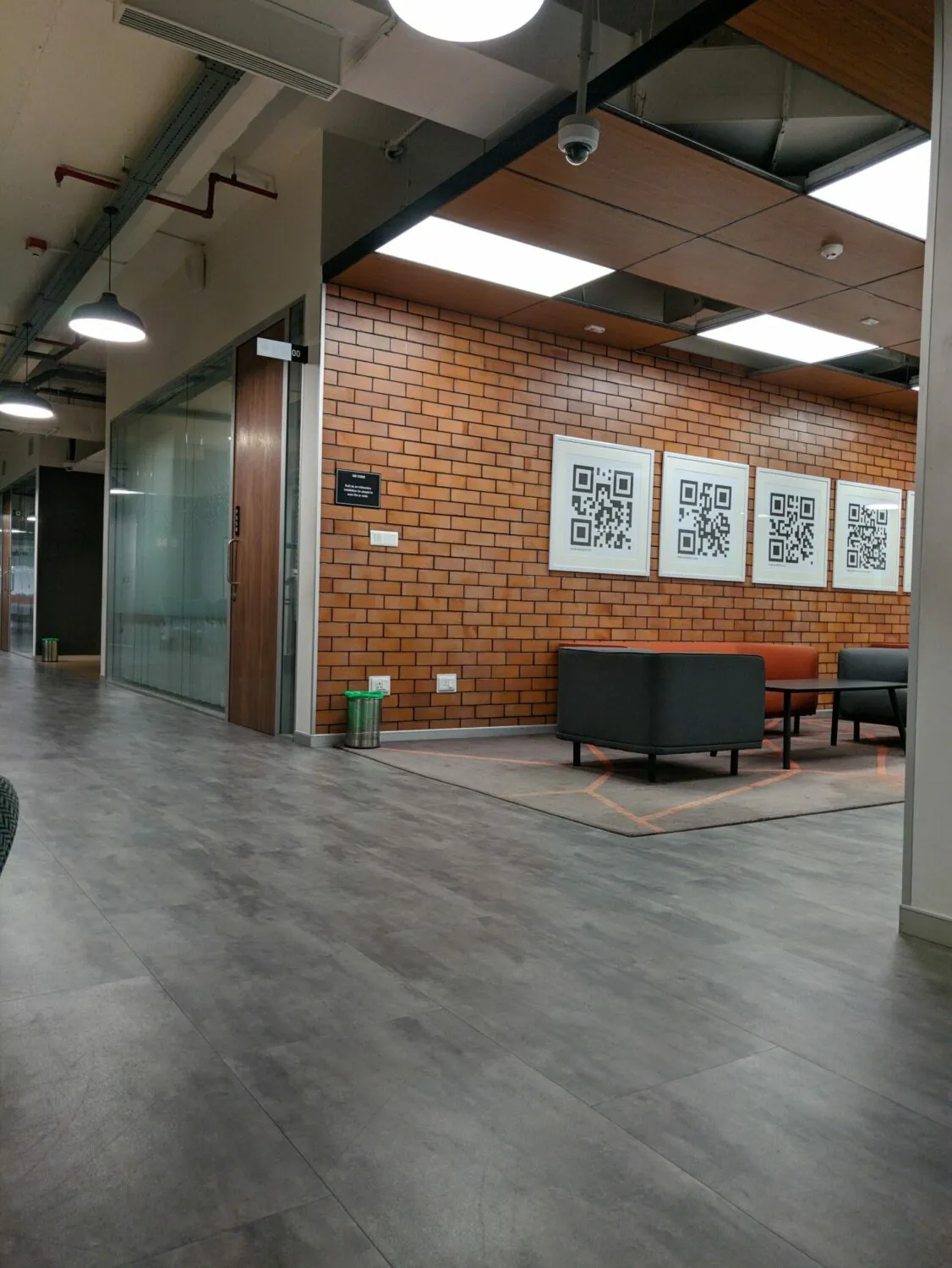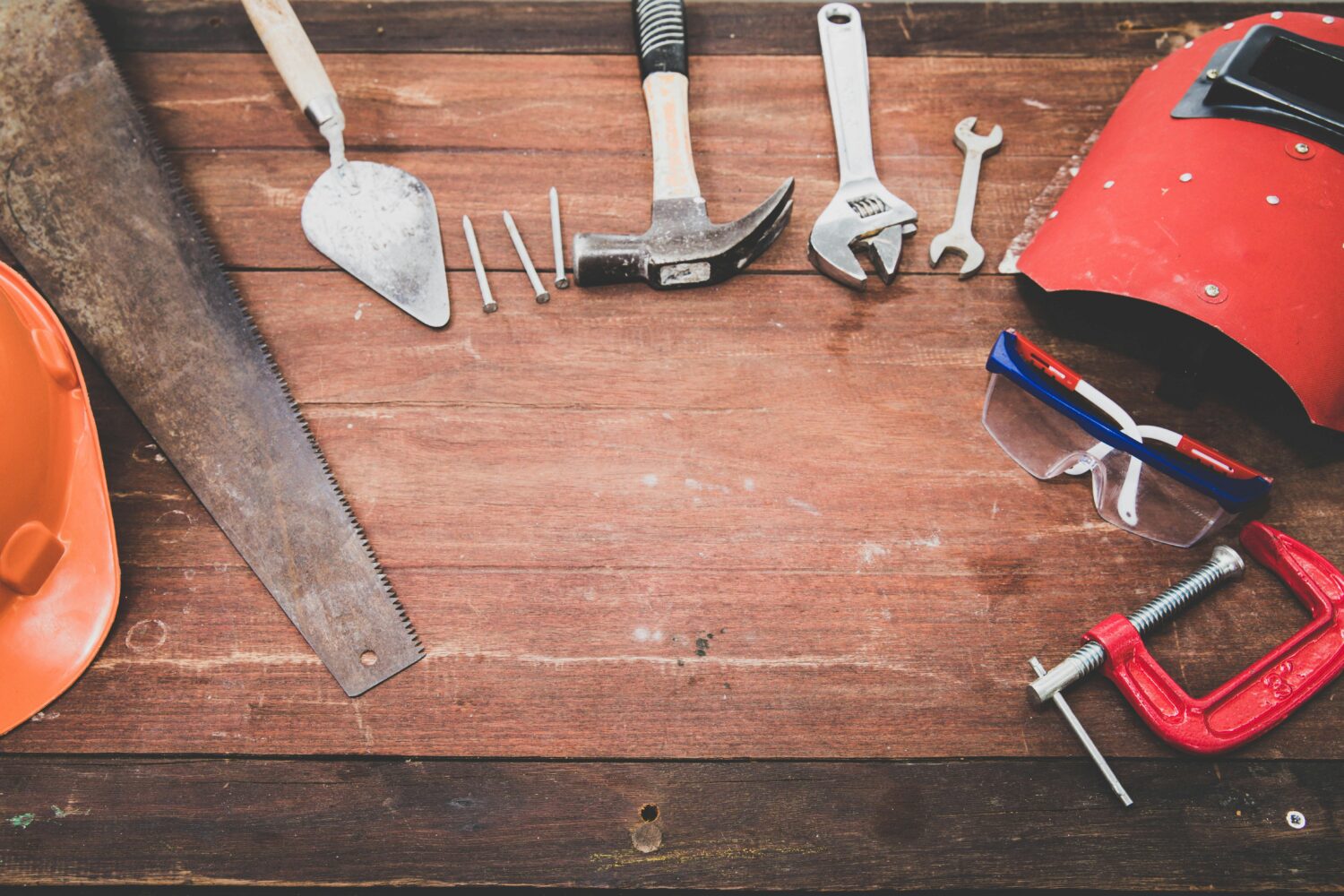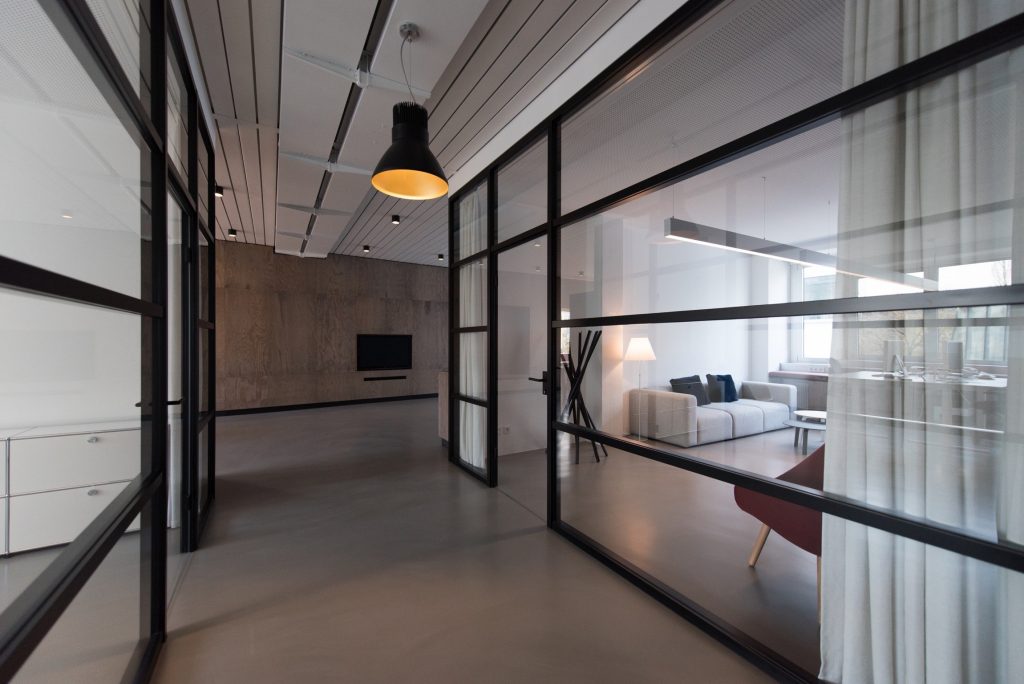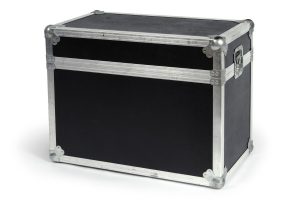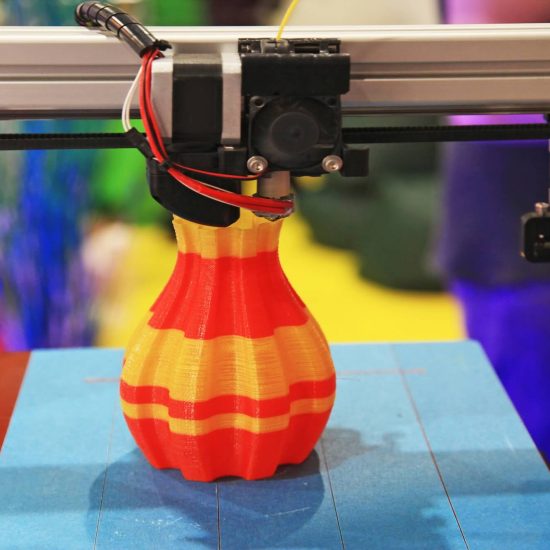Importance of choosing the right layout
Choosing the right layout for your exhibition stand is more than just picking the most visually appealing design. The layout directly influences visitor interaction and, by extension, the overall effectiveness of your exhibit. A thoughtfully designed stand can encourage healthy visitor flow, ensuring that your key messages are seen and experienced by the maximum number of attendees. Ultimately, the layout should reflect your brand’s identity and can impact how potential clients perceive your company.
That’s why it’s so important to align the stand layout with your business goals. For instance, an open and inviting design may be ideal for a brand looking to engage with a broad audience, while a more intimate layout could benefit companies aiming for targeted, high-value interactions. The right layout can enhance brand storytelling and support marketing objectives. The basic aim is to provide a substantial return on your investment on the stand.
Common exhibition stand layouts
These are the most common stand shapes, which largely reflect the position you occupy in the exhibition, and the kind of exhibition it is. You might be forced into a certain layout by being allocated a certain space, but if you can choose, it’s a good idea to use the same stand over and over. Book your patch early, folks!
Inline (linear) stands
Inline stands, also known as linear stands, are among the commonest types of exhibition layouts. These stands have a single side open to the aisle, offering a straightforward setup that is both cost-effective and easy to assemble. They are ideal for businesses working within a tight budget or those who prefer a streamlined exhibit that is quick to deploy.
Benefits of linear stands:
- Cost-effective solution, often the least expensive option.
- Simplistic design makes for easier setup and dismantling.
Drawbacks of linear stands:
- Less visibility can limit visitor attraction and attention.
- Potential for lower foot traffic as only one side is accessible.
Corner stands
Corner stands add an extra dimension to the classic inline layout by opening up two sides to the aisles. This increased exposure can significantly enhance visitor engagement and interaction, making it a popular choice among exhibitors.
Benefits of corner stands:
- Improved visibility compared to inline stands.
- Moderate cost increase for double the exposure of inline.
Drawbacks of corner stands:
- Limited overall space may lead to congestion.
- Potentially less room for detailed displays or extensive visitor engagement areas.
Peninsula stands
Peninsula stands, accessible from three sides, offer a panoramic approach to exhibition design. They stand out in a crowded exhibition hall, drawing attention from multiple angles. Peninsula stands can be placed against a wall or next to another stand in a “semi-detached” fashion.
Benefits of peninsula stands:
- High visibility ensures the stand catches the eye of attendees from various directions.
- Greater engagement opportunities with more open-facing sides than corner or inline layouts.
Drawbacks of peninsula stands:
- Higher cost compared to inline and corner stands.
- Requires thoughtful layout design to maximise the potential benefits.
- Having three walkways surrounding a stand is quite a niche layout, so might suffer from lack of available spaces.
Island stands
Island stands are the ultimate in exhibition visibility, with all four sides open to the aisles, rather like an island unit in the kitchen. These stands provide maximum exposure and interaction, making them a favourite for brands aiming to make a significant impact.
Benefits of island stands:
- Unparalleled visibility and foot traffic potential.
- Ideal for creating immersive and interactive experiences.
- Maximum potential for personalisation and brand identity.
Drawbacks of island stands:
- Expensive to design, build and maintain
- Plots often come with premium costs
- Complex setup requiring meticulous planning and significant resources
- Can lack a “back room” area as much of the space is publicly accessible
Two-floor stands
Two-floor stands, also known as double-decker stands, are a striking and ambitious choice for exhibitors wishing to maximise their space by building vertically. These stands offer a plethora of opportunities for enhanced visitor experience, providing an additional floor that can serve varied functions, from private meeting rooms to exclusive lounges – or just a good view over the exhibition.
Safety considerations are paramount. Exhibitors must ensure their two-floor stand complies with all health and safety regulations, including weight limits and fire safety measures. An additional floor also means additional signage, lighting and possibly even lift or stair installations – all factors contributing to the overall complexity.
Benefits of two-floor stands:
- With limited floor area in exhibition halls, a second storey effectively doubles your usable space, allowing for different functional areas.
- Create distinct functional areas – for example, you can use the lower level for high-traffic interactions and displays, while the upper floor can be designated for private meetings, VIP lounges or hospitality areas, allowing both public and private engagements.
- A second floor can simply look opulent, which can boost your professional profile.
Drawbacks of two-floor stands:
- Setting up a two-floor stand requires meticulous planning and adherence to strict safety regulations, necessitating expert involvement.
- The design, construction and compliance with safety standards result in higher costs compared to single-floor stands.
Modular stands
Modular stands provide the maximum of flexibility and customisation potential. These stands comprise individual units or modules that can be rearranged, reconfigured or expanded to suit any event requirement, making them a great choice for businesses looking to maximise their investment over multiple exhibitions.
Definition and components
Modular stands are constructed from a series of pre-fabricated parts, which can include walls, counters, towers, shelving units and interactive displays. These components are designed to be easy to assemble and disassemble, allowing for quick modifications tailored to the specific needs of each event.
Modules are typically made from lightweight materials, such as aluminium, which offer both durability and ease of transport. Some systems incorporate magnetic or click-together fittings, further simplifying the setup process.
Flexibility and customisation
One of the most important features of modular stands is their adaptability. Unlike traditional static stands, modular stands can be resized, reoriented and redecorated multiple times. This means that whether you’re dealing with a compact booth space or a sprawling exhibition area, your stand can adapt accordingly. Furthermore, modular stands allow for aesthetic consistency with custom graphics and branding being easy to apply to the individual units.
Benefits of modular stands:
- Reusability. Once you’ve invested in a modular stand, its components can be used repeatedly across various events. This reusability offers significant cost savings in the long term, as you avoid the expense of designing and constructing new stands for each exhibition. Also, if one part wears out or gets damaged, you can simply replace it, and keep the rest.
- Scalability: Modular stands can be resized to fit different exhibit spaces, from small booths to large pavilions. This scalability means you can maintain a consistent brand presence to match the venue’s limitations or opportunities. For instance, a company might use a compact version of their stand at a smaller industry event and expand it into a more elaborate setup for a major trade show.
- Customisability: The modular nature means you can customise the layout for each event. Whether you need a demonstration area, a meeting room or a lounge space, modular stands accommodate these needs with minimal hassle. This customisation can be strategic, adapting not just to physical space but also to the specific demographics and dynamics of various event audiences. In short, a modular setup can be linear, corner, L-shaped, T-shaped, X-shaped … any shape you want, effectively.
- Sustainability: In today’s eco-conscious market, businesses are increasingly seeking sustainable solutions. Modular stands fit well with these values as they are designed to be reused, reducing the environmental impact associated with one-time-use stands. High-quality materials ensure longevity, and some manufacturers offer recycled and recyclable components, further enhancing the sustainability factor.
Drawbacks of modular stands:
- Initial setup cost: The upfront investment in a high-quality modular system can be large. However, this should be weighed against the long-term savings and versatility the stand offers. It’s essential to view this as an investment that brings a return over multiple uses rather than an expenditure for a single event.
- Potential complexity in design changes: While modular stands are designed for flexibility, frequent and significant reconfigurations may require professional assistance. This can introduce additional planning and operational overheads. To mitigate this, it’s advisable to work with a specialist exhibition stand company who can streamline the process and offer creative solutions that maximise the system’s potential.
Factors to consider when choosing a layout
Selecting the ideal exhibition stand layout requires considering several crucial factors. These elements are pivotal in ensuring that your stand is not just visually appealing but also cost-effective.
Budget constraints
Your budget is always going to influence your layout choice. More elaborate designs like island or two-floor stands come with higher costs, not just in construction but also in logistics and staffing. Inline or corner stands, while more economical, might require creative use of space and design to achieve similar impact.
Event type and objectives
The nature of the event and your specific objectives should guide your layout choice. Is it a trade show where you aim to collect leads? A product launch seeking maximum exposure? Or a niche conference where targeted, quality interactions are paramount? Each scenario demands a different layout to meet your goals.
Target audience and foot traffic patterns
Understanding your target audience’s preferences and the expected foot traffic patterns at the venue can have a big impact on your decision. For instance, a younger, tech-savvy crowd might be drawn to interactive and open spaces, favouring an island stand. On the other hand, a business-centric audience at an industry expo might appreciate private meeting areas facilitated by a modular or two-floor layout.
Branding and messaging consistency
Your stand should be a physical embodiment of your brand. The layout must reflect your brand values and messaging clearly. A luxury brand might go for a lavish two-floor stand with opulent finishes, whereas a tech startup might opt for a sleek, modern island stand with interactive elements to convey innovation.
Conclusion
Selecting the right exhibition stand layout is not just a logistical task but a strategic decision that can impact your business outcomes. From budget-conscious inline stands to flexible modular layouts, each option offers distinct advantages and challenges, as we’ve detailed above.
Understanding the importance of alignment with business goals, target audience and event objectives cannot be overstated. Your stand is an extension of your brand’s identity, designed to captivate, engage and convert visitors into customers or business contacts.
In an arena as busy and competitive as an exhibition, it’s often the subtle nuances in design and execution that determine success. That’s why you should plan meticulously, consult experts if needed, and always keep your brand’s story at the heart of your layout decisions.
Choosing the right stand layout not only maximises your presence – it also ensures that your investment in exhibitions yields better returns. Maximising exposure, engagement and efficiency is the ultimate goal, and with the right layout, it is well within reach.
Talk to the experts
If you’re on the lookout for a replacement stand, or if you’re completely new to exhibiting, have a chat with our specialists. We can help you to design and build stands that perfectly match your business ethos, all within the budget you deem most appropriate for a decent ROI.
If you need inspiration, take a look at our portfolio – it gives a hint of the possibilities out there when you blend imagination with technology and know-how. Our blog also has plenty of information for newcomers and seasoned exhibitors alike. It covers everything you need to know, from writing a brief that perfectly encapsulates your exhibition goals, to learning about how lighting can be used not only to illuminate, but also to make your stand more effective.
























